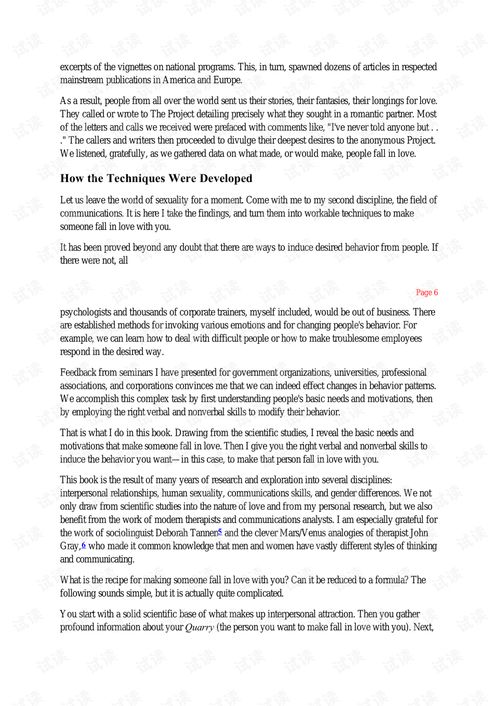How to Make a Hidden Money Belt: A Comprehensive Guide
Are you looking for a discreet way to carry cash or valuables while traveling or attending events? A hidden money belt can be an excellent solution. Not only does it keep your belongings secure, but it also allows you to move around without the bulk of a traditional wallet. In this guide, I’ll walk you through the process of making your own hidden money belt, from materials to construction and usage tips.
Choosing the Right Materials

Before you start crafting your hidden money belt, it’s essential to select the right materials. Here are some key factors to consider:
- Material: Choose a lightweight, durable, and flexible material such as neoprene, nylon, or leather. These materials are comfortable to wear and can be easily concealed under clothing.
- Size: Measure your waist to determine the appropriate size for your money belt. Ensure it’s snug enough to stay in place but not too tight to be uncomfortable.
- Color: Opt for a color that blends well with your clothing, such as black, brown, or gray.
- Additional Features: Consider adding features like a zippered pocket for extra security or a key clip to keep your keys handy.
Once you’ve chosen your materials, gather the following items:
- Neoprene, nylon, or leather material
- Sewing machine or needle and thread
- Scissors
- Measuring tape
- Zipper (optional)
- Key clip (optional)
Measuring and Cutting the Material

Start by measuring your waist and adding 2-3 inches for comfort. This will be the length of your money belt. The width should be about 3-4 inches to accommodate your cash and valuables.
Using your measuring tape, mark the length and width on your chosen material. Then, cut out the material using scissors. If you’re using a zipper, cut a strip of material that’s slightly longer than the length of your money belt to attach the zipper to the belt.
Attaching the Zipper (Optional)

If you’ve chosen to add a zipper, follow these steps:
- Place the strip of material with the zipper face down on your work surface.
- Align the edges of the strip with the top edge of the money belt material.
- Sew the strip to the money belt material using a sewing machine or needle and thread.
- Turn the strip over to reveal the zipper. Sew the bottom edge of the strip to the bottom edge of the money belt material.
Creating the Pockets
Next, create the pockets for your money belt. You can have one large pocket or multiple smaller ones, depending on your preference.
- Measure and mark the locations for your pockets on the money belt material.
- Using scissors, cut out the pocket shapes.
- Sew the edges of the pockets to create a pouch.
- Attach the pockets to the main body of the money belt using a zigzag stitch or a straight stitch.
Adding the Key Clip (Optional)
If you’ve chosen to add a key clip, follow these steps:
- Measure and mark the location for the key clip on the money belt material.
- Using a needle and thread, sew a loop or a small piece of material to create a spot for the key clip.
- Attach the key clip to the loop or piece of material.
Finishing Touches
Once you’ve completed the construction of your hidden money belt, it’s time to add the finishing touches:
- Stitching: Double-check all the seams and make sure they are secure. Trim any excess thread.
- Adjustments: Try on your money belt to ensure it fits comfortably and securely. Adjust the size if necessary.
- Testing: Fill the money belt with some cash and valuables to test its durability and comfort.



